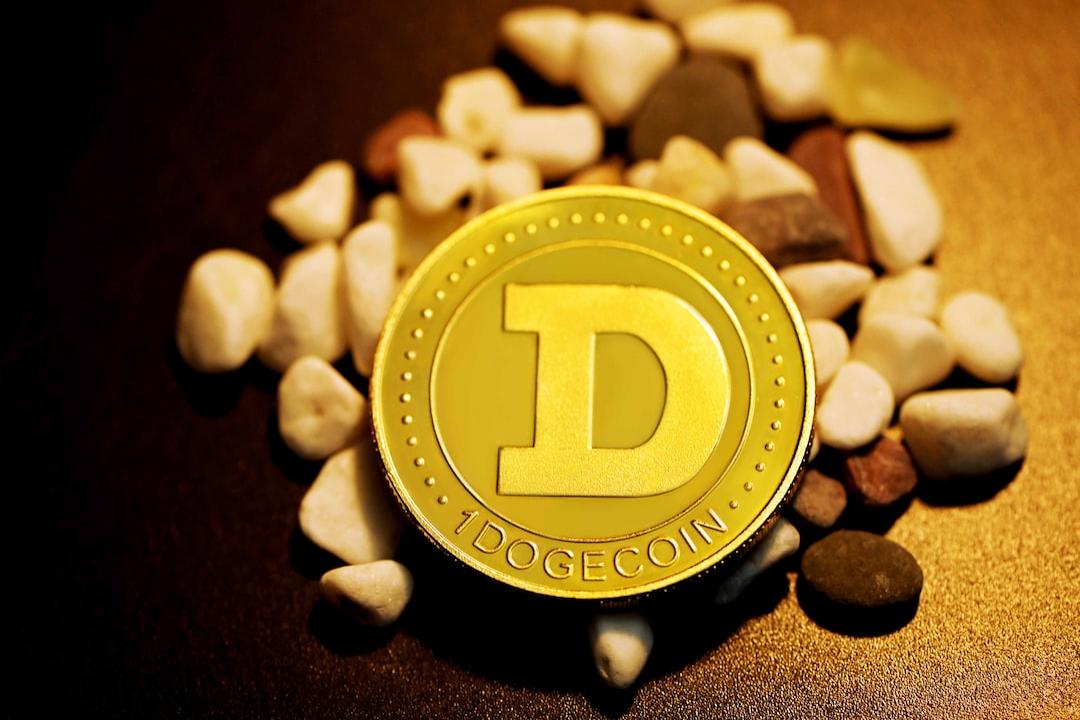The Absence of Retail Investors: A Notable Regret
This article is derived from a piece written by Cryptoslate and organized, compiled, and authored by Blockchain Knight.
Background Summary: A Review of the 2021 Bull Market Peak and the Statements of Prominent Crypto Figures
Context: The Bull Market Pauses, Identifying Four Key Factors for Potential Altcoins in 2025
This round of the Bitcoin bull market feels distinctly “different.” More accurately, each Bitcoin bull market has its own uniqueness, bringing new narratives and fresh blood with each cycle. However, one element remains unchanged throughout Bitcoin’s history: the enthusiasm of retail investors for “free technology” and “financial freedom funds.” At least, that has been the case during Bitcoin’s price surge to lunar heights.
Do you remember the presence of retail investors? Now, all that remains is silence…
There’s hardly a sound: no taxi drivers, no distant relatives, and no kindergarten teachers asking, “Is it too late to buy Bitcoin now?” Even though some analysts firmly believe that “altcoin season” is about to commence, I haven’t even been asked about “Fartcoin,” Dogecoin, or Ripple. If you need, I have a ready-made response for questions about Ripple.
In short, the core issue is this: retail investors have chosen to absent themselves from this round of the Bitcoin bull market, and the reason is not a lack of awareness. This time is indeed different: amidst the launch of Bitcoin ETFs, presidential-level advocacy, and Larry Fink’s leadership at the World Economic Forum (WEF), retail investors have determined that this “game” is no longer suitable for them.
To put it bluntly, Bitcoin may no longer be interesting, or perhaps retail investors suffered too much in the last bull market and have finally learned not to play with fire. There’s even no casual search for related news: Google Trends shows that the search popularity for Bitcoin is even lower than the minor peaks for “Japanese strolling” and “Labubu dolls.”
While the statement “no one uses Google to search for things anymore” might be one reason, the silence from distant relatives and service industry workers is also quite evident.
You would hardly realize that this leading cryptocurrency has maintained a strong position above the $100,000 mark for 100 consecutive days, which is both a psychological milestone and a historic turning point. In the past, every time Bitcoin broke through key numerical thresholds (such as $100, $1,000, $10,000), it would usher in new waves of adoption and investment, accompanied by “hockey stick” price surges.
But this time, no one seems to care.
Bitcoin not only sustains its sky-high price and continues to refresh historical highs, but its technical support is also steadily strengthening. The 200-day moving average for Bitcoin has surpassed $100,000, signaling a strong message for traders and long-term holders alike.
In every round of the Bitcoin bull market, when both price and moving averages break through and stabilize at historical resistance levels, it often leads to a new wave of price increases. However, this time, retail investors are nowhere to be seen.
This cycle has even eliminated some long-term holding Bitcoin whales, clearing space for those “institutions that Bitcoin should have resisted and that are erosive in nature.”

In 2025, there is also a significant shift in retirement planning: Bitcoin and other cryptocurrencies have been legally incorporated into mainstream retirement accounts, allowing tens of millions of Americans to directly accumulate “hard currency” for the future.
Yet retail investors remain indifferent.
They seem to be “packing their bags for virtual Bahamas,” stating frankly, “We are not participating in this bull market.” Although Bitcoin has gradually transformed from a speculative trade into a standard in retirement portfolios and a choice for institutional diversification, the absence of retail investors is indeed a notable regret.


